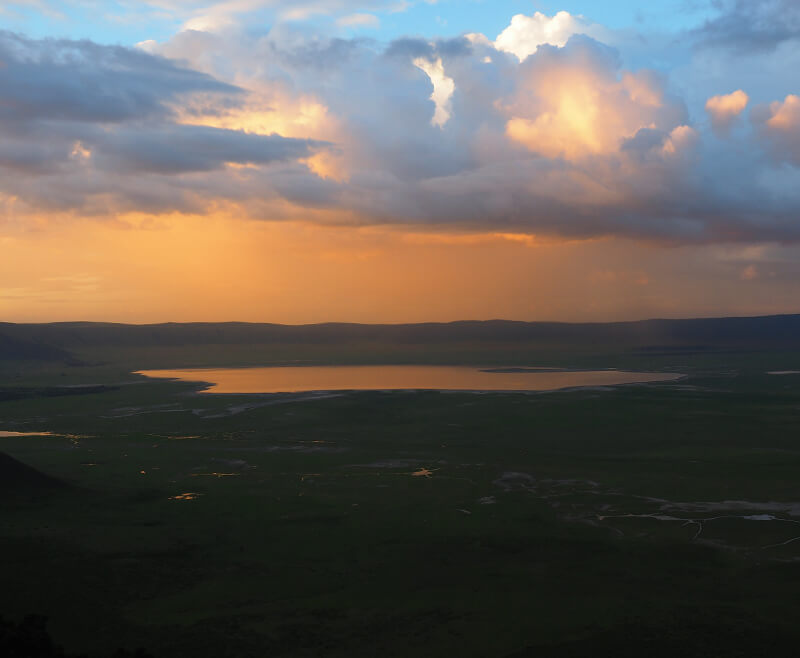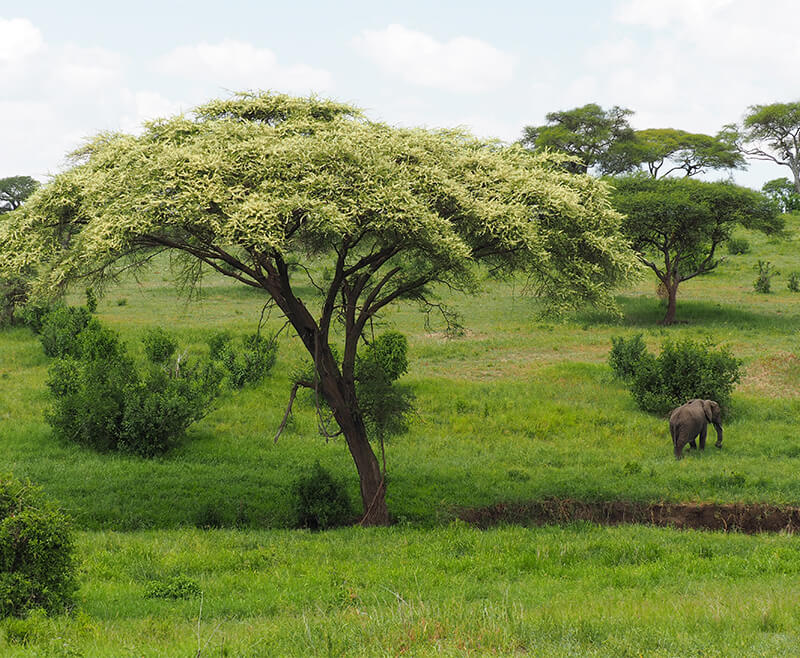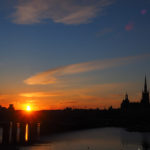Safari, Tanzania
“I woke up to the stunning view of the Ngorongoro crater just outside my window. The way there was laid with beautiful lakes, green hills and the picturesque Masai villages”
Interesting facts about Tanzania:
Interesting facts about animals:
Tips for next time:
Day 1: 6.01.2019: from Arusha to Tarangire National park (3 hour drive).
We arrived at the park at around 11am and stayed there for 3-4 hours. We saw a loooot of elephants as well as warthog, a hyena and giraffes (from far away though). We had a boxed lunch (chicken, sandwich, banana, egg) at a very good picnic area. There were many vet vet monkeys who were trying to steal your food. They are rather dangerous in general. If they bite you, you can get rabies (fatal disease). One vet vet monkey with a black face stole an apple from me when I was feeding some birds… I did not even see it approach and it stole the apple right out of my hand.

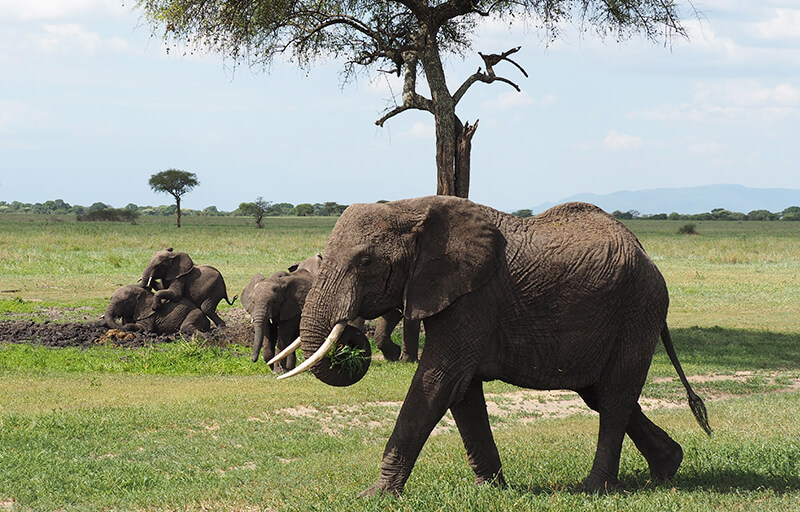
We visited a Masai village (for 25 min) and it is not interesting. You pay USD 50 per group for a visit and get 2 songs, 1 short visit of a traditional house and then you are shown their overpriced souvenirs, which they then expect you to buy.
Interesting fact is that they don’t eat vegetables, rice or potatoes just meat, drink milk and cow blood. It is also interesting to see their traditional very small house (round, made of bamboo and cow poo with six people living there: two parents and four children). Ngorongoro is a typical Masai area. The Masais live in Tanzania and in Kenya. I was told that in Tanzania they are more traditional.


After the visit of the village, we drove 3 hours to our hotel in Ngorongoro National park and stopped on a viewpoint to see the sunset: it was amazing to see this huge crater in a golden light as the sun was setting. Our hotel, Ngorongoro Wildlife lodge, was rather big and crowded but food was good (very big buffet). The view from the room was just amazing – with the spectacular crater below.
People usually go to the Ngorongoro crater and then to Serengeti, (they don’t go to Manyara National park like we had planned to do).
I stayed for some time in the lobby to drink wine and to speak to a guy from New Zealand (I travelled with a young New Zealand couple who now live in London). This was on the eve of the Orthodox Christmas and there were several shows in the hotel lobby to watch. It was a nice evening.
Day 2: Ngorongoro crater to Lake Manyana NP.
I woke up at 6:30am to the stunning view of the crater just outside my window. At 8:00 am (after breakfast) we went to the crater. The way there was beautiful: lakes, very green hills and picturesque Masai villages. We started a game drive at 9am and finished at 5pm with a 30 min lunch in between. It rained for 2 hours during the day but other than that, it was sunny and warm. When we started in the morning everything was exciting for all of us (all these different animals everywhere) but quickly it got rather boring as you see the same animals all the time and they don’t really move. They are permanently living in the crater and have their own microcosm. Because of this, it felt more like being at the zoo. We saw approx. 20 lions, all were sleeping (first, because it was a daytime and, second, because they don’t need to run to get food – food (gazelles, etc.) just walking next to them). We saw one black rhino (highlight of the park) but very far way, a lot of buffalos, wildebeests, zebras, warthogs, hippos (but they were all sleeping in water). We also saw baboons, waterbucks, forest elephants (but from far way), a cylinder mongoose, jackals, etc.
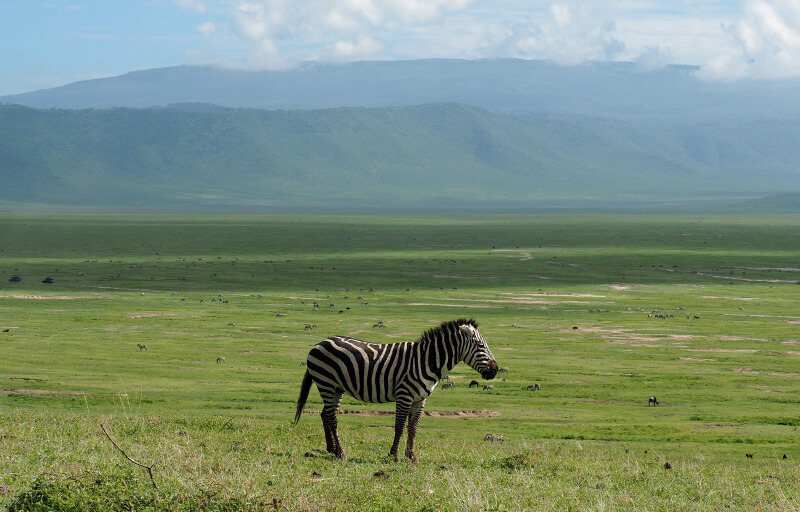
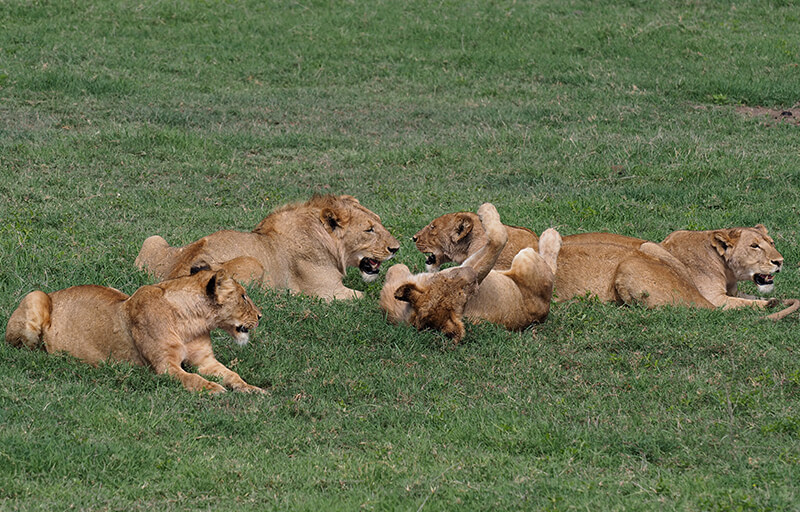
After 5pm we left the park and drove to Lake Manyara. It takes one hour from the Ngorongoro park entry. The hotel was old but views were nice (Lake Manyara Wildness lodges – same owner as the previous hotel but there were very few people (approx. 6 with the capacity of 100). That meant they skipped the buffet and we could order a la carte. The food was ok but in the previous hotel it was much better. I think the hotel was almost deserted because it was low season and because Lake Manyara is not a popular safari destination. I went for a short swim (20 min or so) in the pool where I met another single traveller – a girl from Germany. She turned out to be rather aggressive: “what do you do for a living since you can travel so much?”, “how you can do M&A on your own?” “How can you not have a specialization?”, etc. I found it quite annoying and am not fond of this. You will probably never meet again so why not just create a good atmosphere and enjoy the beautiful sunset (despite the mosquitoes).
Not everyone you meet while traveling is nice unfortunately, so I did not join her for a dinner. I went to bed at 10pm, the room was nice and the mosquito net over the bed made it look very romantic.
Day 3: Lake Manyara national park (NP).
I did not sleep well that night as it was too hot. I woke up at 6am, and we left at 7:30am. 15 min later and we were in the national park. It was nice and beautiful. We saw a lot of monkeys: baboons, vet vet, blue. Don’t like monkeys too much. They can be rather disgusting. One was eating its own sperm; another young monkey was making love to his mom…Monkey world!
We also saw zebras, birds, pelicans (from afar) and impalas until around 10:15am when we reached the tsetse fly area. I did not know that these flies are dangerous and I was surprised to see our drivers and others trying to kill them all the time. I was bitten several times (at least 3) even though I put on Deed and sprayed my pants. One bit me on my foot – I was wearing flip-flops and another one bit me through my pants. But then I got to know that they are very dangerous. If they bite several times, it can cause Trypanosomiasis or ‘sleeping disease’: Symptoms are big headaches, fever, coma and even death. I got very scared.
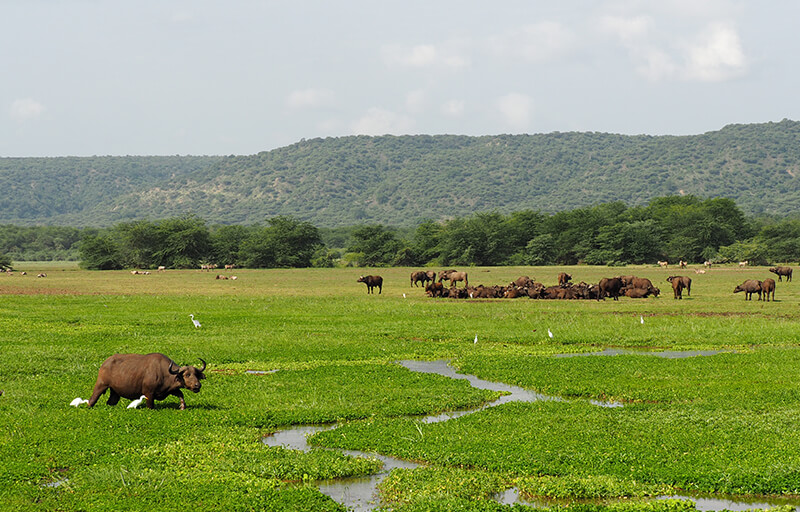
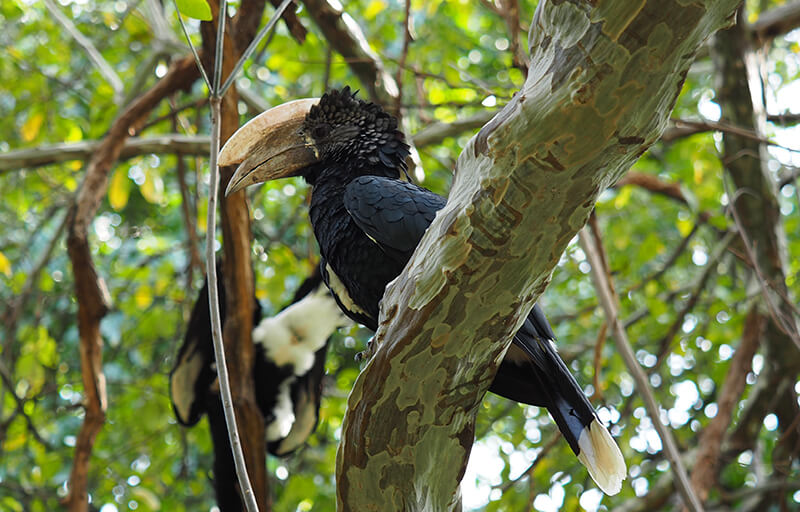
I never understood why we did not just follow the program and went to Lake Manyara NP on our first day, as these flies are not active after 4pm… Again, not the best organization (Climb Kili agency).
In any case, it was really nice seeing all these animals and the beautiful nature. I loved the Ngorongoro crater the most but next time I definitely want to go to Serengeti to see the wildebeest migration. 3-4 days for safari are actually enough.
28.11.2019


